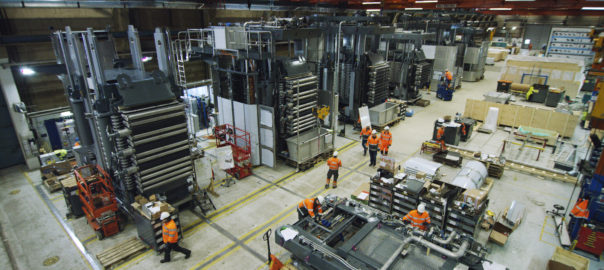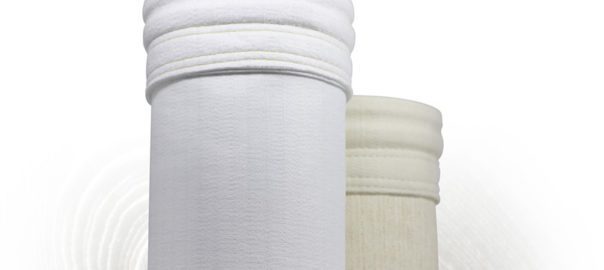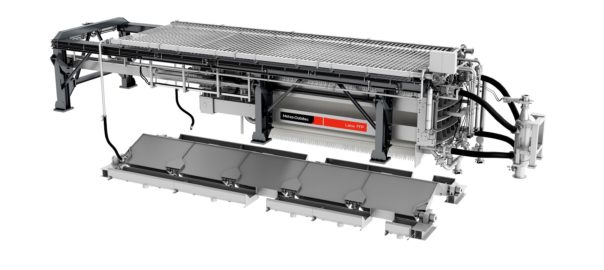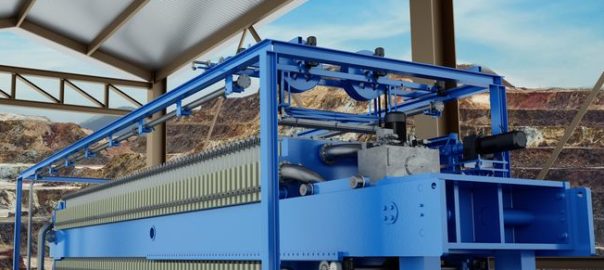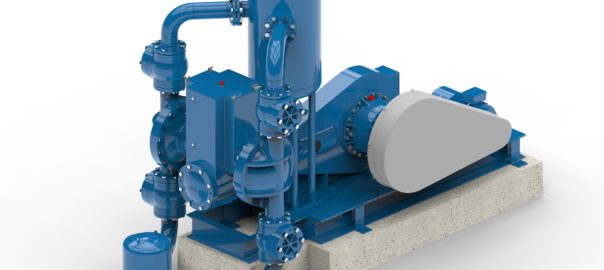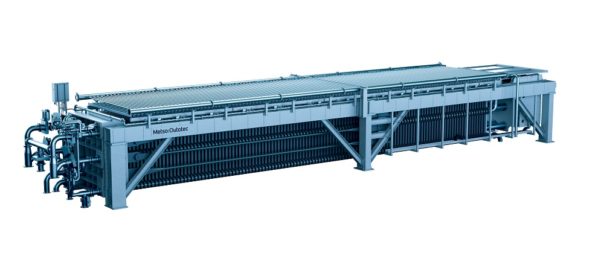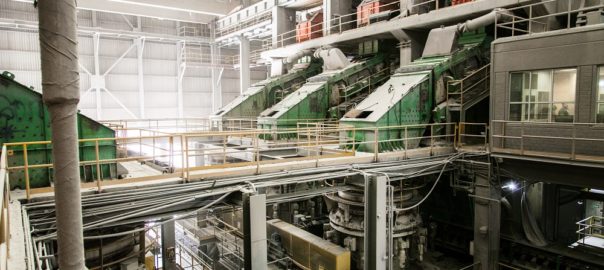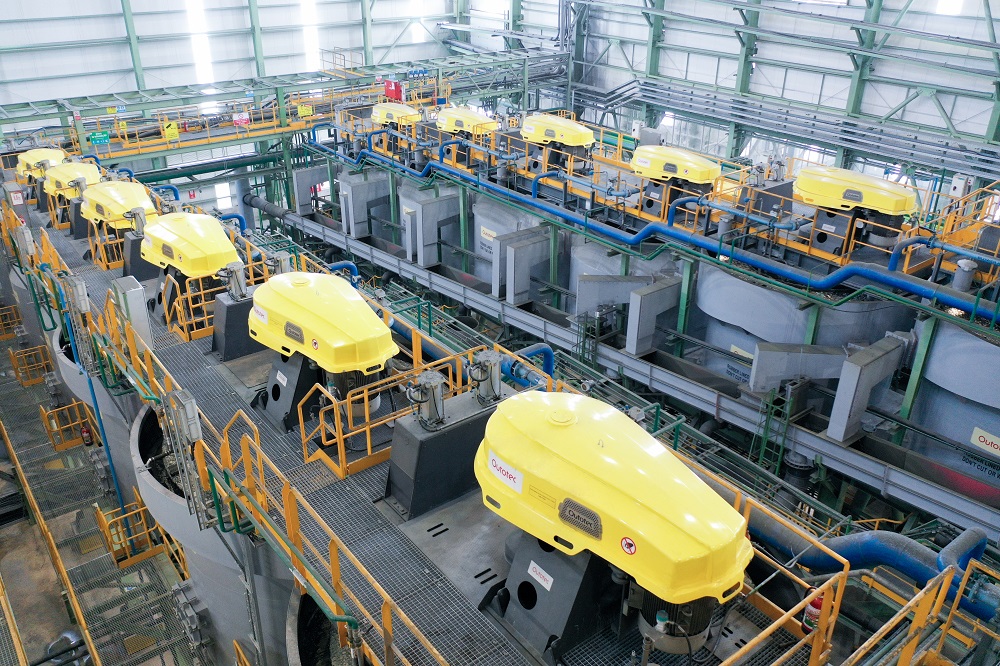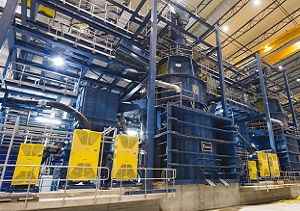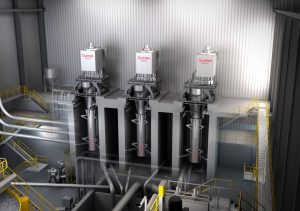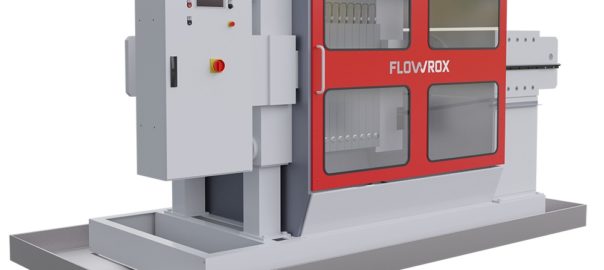Metso Outotec is opening a new laser welding unit, customised for demanding production conditions, at its filtration technology centre in Lappeenranta, Finland.
The new laser welding unit will add to the centre’s manufacturing capacity and enable the production of higher-quality welded structures in a safer and more environmentally friendly manner, the company says. The value of the investment is approximately €1 million ($1.2 million).
Markku Teräsvasara, President of Metso Outotec’s Minerals business, says: “Investing in an efficient laser welding unit is one example of our desire to focus on being an industry leader also in filtration technology.
“In Lappeenranta, we produce several types of filters used in demanding industrial applications. We have systematically developed our capabilities in Lappeenranta over the years. Today, the technology centre for solid-liquid separation, which we opened in 2015, serves customers around the world.”
In addition to Lappeenranta, Metso Outotec provides filtration technology to customers worldwide from its Turku and Suzhou facilities in China, Jussi Venäläinen, Vice President of Metso Outotec’s Filtration Business Line says.
“Our filtration equipment is used, for example, in the mining, chemical and food industries,” he says. “All of them require reliable filtration to ensure high quality of their end products.”
Metso Outotec says its filtration technology centre in Lappeenranta plays an important role in the development of industry innovations. In addition to manufacturing, the centre operates a Dewatering Technology Center, which is focused on solid-liquid separation. It also has continuous cooperation with the Lappeenranta-Lahti University of Technology, among others.
Venäläinen added: “We have a long legacy of filtration expertise – our first filters were made as early as the 1930s in Sala, Sweden. Our selection of filtration technologies is the largest in the field, and their energy, emission and water efficiency is in a league of its own.
“Most of the filtration solutions are part of our Planet Positive range of products. Our filters are safe, easy to use, and quick to maintain, and their high level of automation enables continuous optimisation and remote support. We also provide comprehensive filter maintenance, including lifecycle services.”
Metso Outotec has carried out more than 14,000 filtration tests and delivered more than 5,000 filters for various applications worldwide. Most of the filters are sold under the Larox® product name along with Metso Outotec corporate branding.
In Finland, industrial filter production began in 1977 in Lappeenranta under Larox Oy. In 2009, it continued under Outotec (Filters) Oy, and, after the Metso Minerals and Outotec merger, the filtration technology centre became a part of Metso Outotec. The Lappeenranta site employs around 200 people.







